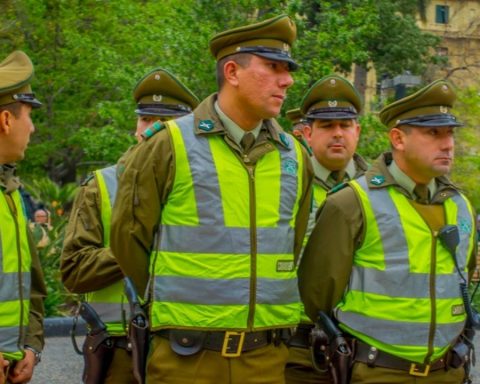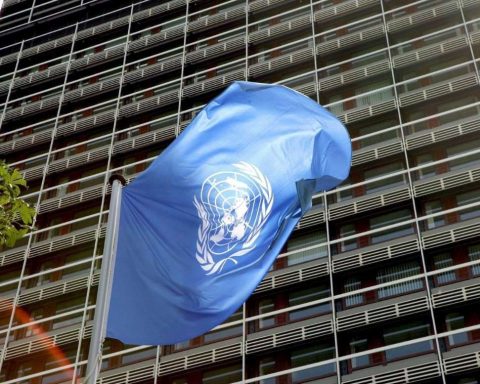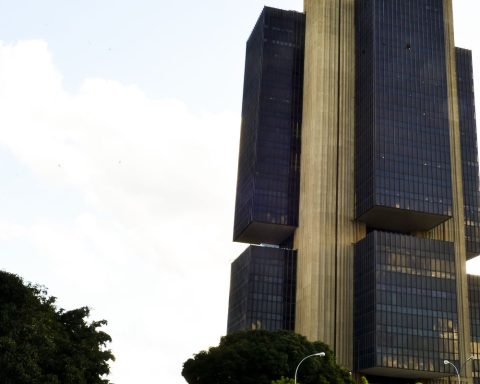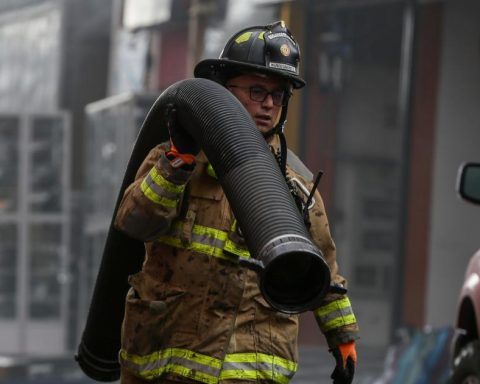
Including Chile for the first time, the report Monitor the Use of Lethal Force 2018-2019 was presented, an international report that accounts for the use of lethal force by State security agents on duty, understood as the force applied with metallic ammunition firearms.
The chapter on Chile, prepared by the Center for Studies in Citizen Security (CESC) of the Institute of Public Affairs of the University of Chile, reports the lack of official records that would exist on this matter in the country: while the Police of Investigations (PDI) did not provide figures on civilians killed or injured by agents on duty with firearms, Carabineros provided aggregate figures. Meanwhile, the Armed Forces (whose information was required for the 2019 constitutional state of exception included in the period studied) denied access to the information, according to the report.
The CESC researcher and coordinator of the Chilean report, Alejandra Mohor, stated that one of the challenges arising from this report is that the police be required to “keep a detailed record of the fatalities associated with firearms caused by the action of its officials”, including descriptions of the facts, sociodemographic characterizations of the interveners, place and date, among other elements.
“A thorough record of the use of lethal force would make it possible to generate recommendations that allow it to be effectively exceptional. It is necessary to remember that life – of civilians and agents – is the most important legal asset to protect. That is the greatest task of the State” Mohor noted.
The Report accounts for a total of 39 civilians killed by the use of lethal force by security agents in the period studied: 18 in 2018 and 21 in 2019. When broken down by police, it can be seen that in 2018 Carabineros and the IDPs were responsible for nine cases of civilian deaths each. Meanwhile, in 2019, the Carabineros generated 14 victims, the PDI four and the Armed Forces, in the context of the constitutional state of exception (October 19 to 28, 2019), generated three deaths.
Some 95 percent of the people who lost their lives were men, and the average age was 23.5 years. Most of the cases are concentrated in the commission of flagrant crimes.
The document also provides a series of recommendations. One of them is to exclude the Armed Forces from public order tasks, in line with international evidence, since, according to the report, the Armed Forces officials assigned to these tasks during the state of constitutional exception “are associated with the greatest case fatality rate by institution”, which reaches 2.5 civilian deaths per 1,000 agents, while in the case of the PDI this rate reaches 0.6 and in the case of the Carabineros, 0.3.
international report
The 2018-2019 Use of Lethal Force Monitor included eight Latin American countries: Brazil, Chile, Colombia, El Salvador, Jamaica, Mexico, Trinidad and Tobago, and Venezuela. Among them, Venezuela stands out as the country with the most extreme abuse of force, since one of every three homicides registered in the country is the result of the intervention of State agents.
“The issue is extremely serious, because it has to do with people’s lives and it is not sufficiently accompanied, controlled, there is not enough transparency in the world in general, but especially in Latin America, Africa and in some regions of the Southeast. Asian. Even international institutions are unable to register the cases and that is why civil society is making an effort in this direction,” explained Ignacio Cano, the Monitor’s regional coordinator.
Although Chile’s indicators are better than those of the rest of the countries analyzed, the report negatively highlights “the absence of institutional data in Chile” and points out that it is urgent to legislate on this matter.
Methodology
The Monitor collects information from institutional sources, such as the police, the Public Ministry, the Undersecretary for Crime Prevention, among others, through requests for information by transparency law. Additionally, press information is collected, with a total of 191 consulted media, through web data extraction techniques and automated filters built with the Python programming language, to calculate indicators.
Given the delivery of partial information or its denial by the required institutions, the key indicators of the monitor, that is, those referring to dead civilians, were calculated from press records.
recommendations
In presenting the report, the specialist Catalina Fernández, Master in International Law from the University of Cambridge and author of the book “The limits of force. Myths and truths about human rights”, drew attention to the need to consider in the future deaths and injuries caused by other types of weapons, such as riot guns, as occurred during the demonstrations in October 2019.
“We know that lethality is not limited to weapons with lethal (metallic) ammunition. The tools used by the police to maintain public order include other weapons, called ‘less lethal weapons’, which have lower lethality than metal ammunition but still generate a risk of affecting life or serious physical integrity, ”he explained. he.
The report also emphasizes the need for Chile to have “a mechanism for public registration of the use of force that, in addition, allows citizens to access micro-data on events in which lethal and less lethal weapons have been used.”
Lethal Force Monitor, Chile Chapter by The counter on Scribd

















